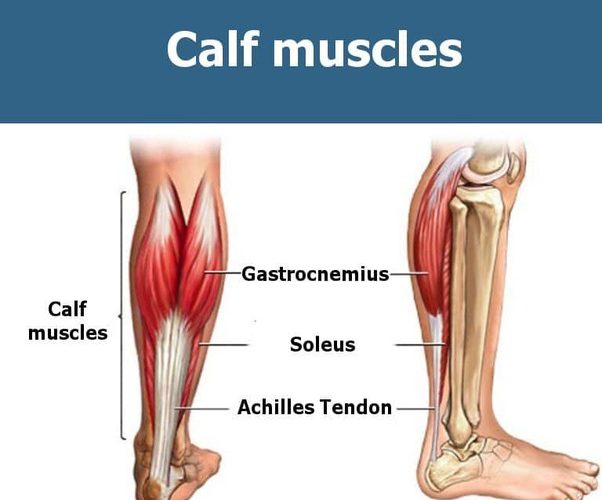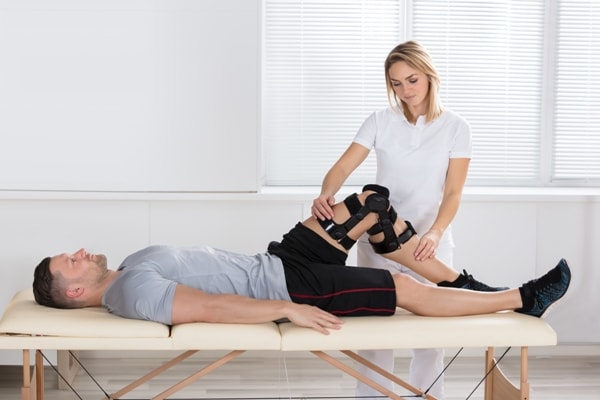Medical Management The treatment of a high ankle sprain will depend on the degree of injury. If you have a high grade injurry with a mild widening between the tibia and fibula your foot will be immobilised. This require a boot for 4-8 week pending on pain, recovery & time to diagnosis. A higher grade […]




